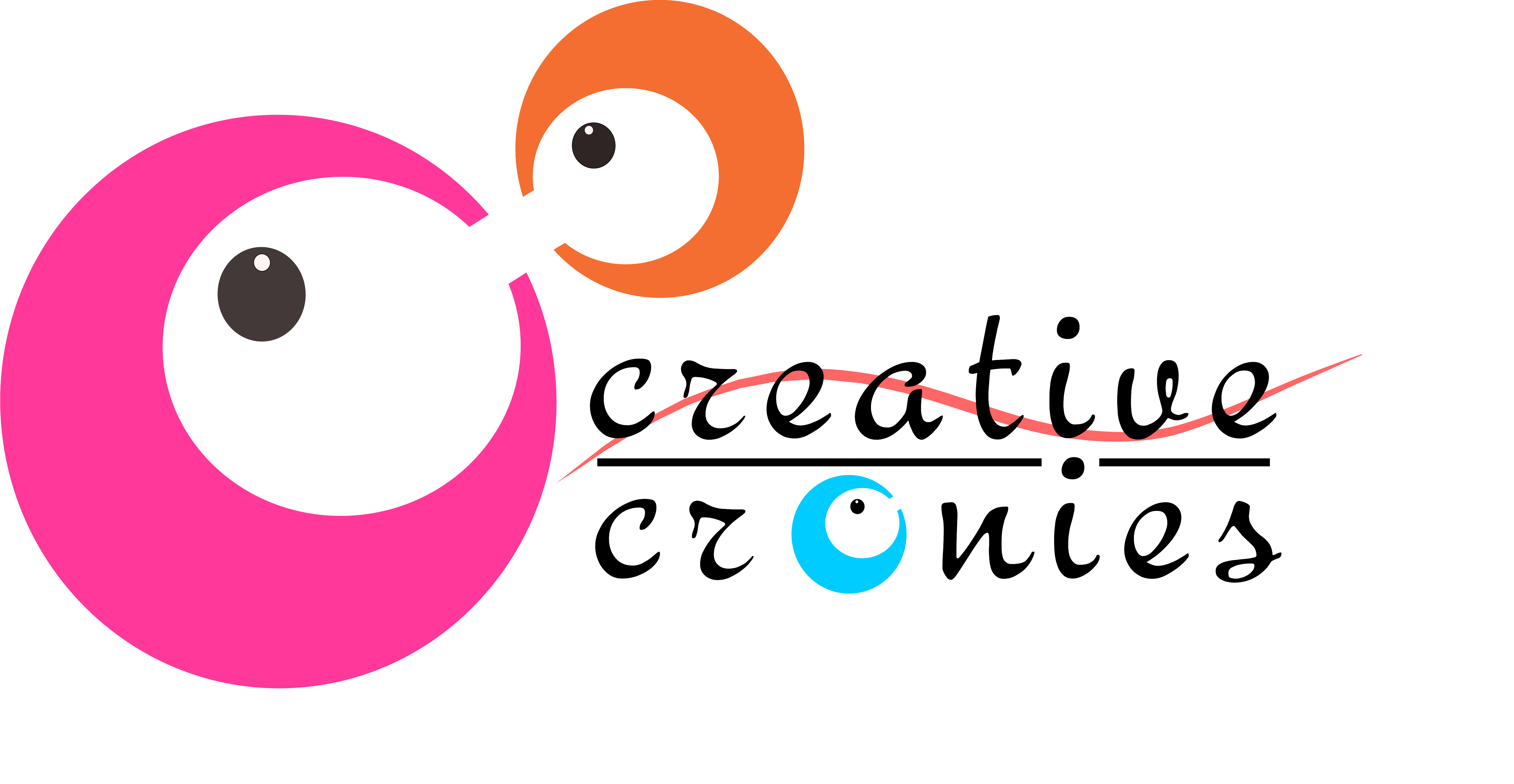As any new PR strategy takes off, you’ll want to make sure the technical aspects of your SEO are all in a good place. Any reliable SEO expert will tell you straight up that you can’t know everything about how Google manages its algorithm, but do the best you can to test effectively to see what changes drive better search results.
Additionally, it’s a good idea to test out different approaches to make sure you are doing all you can to optimize for SEO. You’ll want to conduct split testing to figure things out, just as you would with any other paid strategy.
Many marketing strategies will conduct split testing but without including search, typically because an SEO expert has been blinded by the one way they engage in best practices. Intent-based strategizing, along with split testing, can help confirm that the steps you’re taking are yielding the results you were hoping for.
In addition to making sure you have conducted a full technical audit to make sure your house is in order, remember to review your site thoroughly. You’ll want to make sure it, too, has been optimized for targeted search terms.
Limitations on in-person events will increase digital strategy budgets
Much as we all might wish otherwise, the Covid-19 pandemic still presents a huge challenge to holding in-person events. The money is moving toward anything digital that looks like a reasonably viable alternative.
Prior to the pandemic, event companies were more or less obligated to split their budget between a lot of different marketing and sales strategies. With attention swinging more and more to the digital realm, there has been a commensurate interest in aligning PR with SEO strategy. No one wants to host an online event that doesn’t show up in search.
Hub-and-spoke models will be differentiating for brands that dominate
I noted earlier how important it is for thought leadership, PR, and SEO to play well together. Using a hub-and-spoke model is one of the best ways I know to establish a base of solid content all pointing at the term/topics you hope to own. A winning brand will consistently build out a hub-and-spoke model with groups of content pointing at the target of owning specific topics on their site.
As they do so, these brands are simultaneously seeding their industry with quality content that points to these sources. When everything aligns as it should, the results can surpass all expectations.
As I’ve implemented these strategies, I’ve routinely been amazed at how fast a company can show up in search results for competitive terms and begin to own them.
A combination of natural link-building and surgical methods will be best
Recently, the head of communications at one of my favorite payroll companies told me he’d spent a certain number of dollars creating some whitepapers. All the publications contained solid data, and others had begun linking to them.
I love seeing brands implement inbound techniques, but my friend’s company needed more than just this start. It had to apply a layer of SEO surgery on top. Google needed not only to index the credible links pointed in his company’s direction, but it also needed to see an area of placements that provided a consistent pattern of offering expertise in that field.
Combining organic links with what you say about yourself yields the best results. When what you say about yourself matches up with what others say about you, the content on your site will seem that much more credible.
